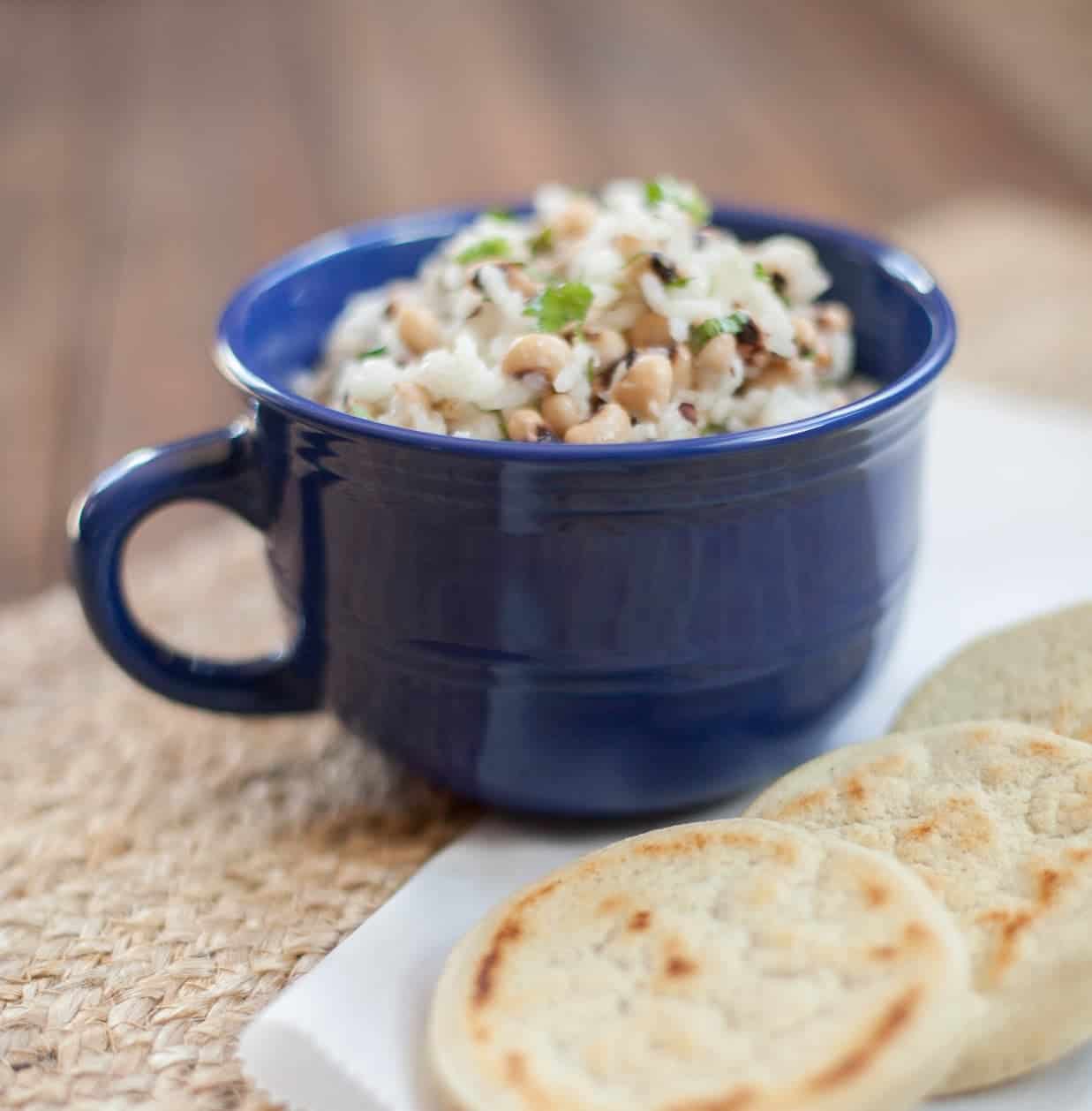Baião de dois
baiao de dois
Baião de dois is a dish originating from the Brazilian state of Ceará, typical of the Northeast Region and parts of the North Region, such as Rondônia, Acre, Amazonas and Pará. It consists of a preparation of rice and beans, preferably Brazilian beans such as "feijão verde" or "feijão novo". It is common to add queijo coalho. Dried meat is not added in Ceará. In Paraíba and in Pernambuco, there is a variant called rubacão, a dish that is very popular in the Sertão. The origin of the name baião de dois is related to baião, a music and dance style typical of the Northeast Region, with the number 2 referring to the combination forming the base of the dish: rice and beans. The term gained popularity with the song Baião de Dois, a partnership between the composer from Ceará, Humberto Teixeira, with the "Rei do Baião", from Pernambuco, Luiz Gonzaga, in the mid 20th century. The cearense origin of the delicacy is attested by the folklorist Câmara Cascudo, citing a reference from 1940, Liceu Cearense, by Gustavo Barroso.
Source: Wikipedia
Recipes



:max_bytes(150000):strip_icc()/SES-brazilian-black-eyed-peas-and-rice-3029432-37ab769fa53e4c6c9d37d764c3b2427a.jpg)


